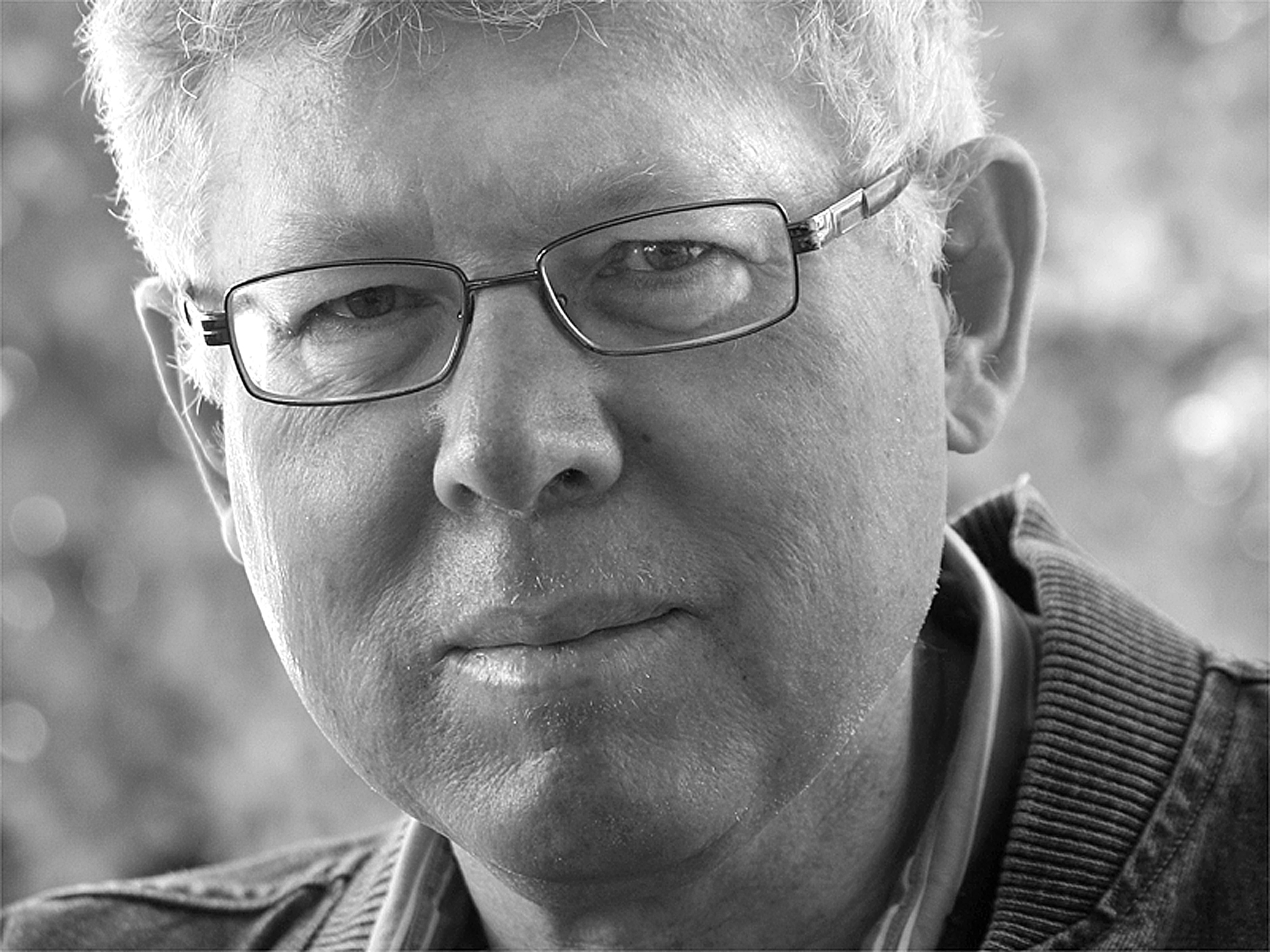Columnists
Rising to the challenge

The loonie, Canada’s favourite one-dollar coin, marks its 30th anniversary next year. And the toonie, Canada’s favourite two-dollar coin, marked its 20th anniversary in 2016.
Although the coins were introduced without any kind of officially suggested nickname, in each case a public consensus quickly formed around the moniker.
The loonie/toonie experience came to mind when I was thinking about the question of whether we have an adequate vocabulary to address issues relating to gender orientation. In particular, there has been a great public wailing and gnashing of teeth over two issues with the adequacy of the words “he/she,” “him/her,” “his/her,” “his/hers” and ”himself/ herself.”
The first issue has been around for a while. It is said that there is a cultural bias towards the masculine over the feminine. For example, take the word “mankind”: it suggests that the species is defined by the male gender. It could just as easily be expressed by the word “humankind.” By and large, we have done a pretty good job of degenderizing nouns: we no longer have “actresses,” for instance: we just have actors. Where we still have some room to improve is in the smooth flow of the language. For example, if you want to describe what a person does if he or she doesn’t drive, you can answer that “he or she rides his or her bicycle,” and you will be technically correct, but from a literary standpoint it falls flat. You will have the same predicament if you use agglomerated words like “he/she rides his/her bicycle”— particularly if you deliver them orally.
The use of the existing range of gender-neutral alternative phrases does not improve matters. You can say that “a person rides their bicycle,” but it is clangingly awkward and blurs the distinction between singular and plural. Nor is it any better to say of a person that “they ride their bicycle”; “they rides their bicycle”; or “they ride their bicycles,” or even “they rides their bicycles.” “One rides one’s bicycle” sounds upper class twit-ish, and is too abstract. “It rides its bicycle” sounds plain stupid. Perhaps the best tool in the toolkit may be to use random or alternative genders: “he rides a bicycle, while she walks,” and so on. However, many authors apologetically introduce their work with a reference to how the selection of gender identifying pronouns has been made—essentially acknowledging the deficits in our language.
The second issue has pushed its way to the front of the lineup much more recently. Existing language, it is claimed, fails to include those whose gender identifcation is not embraced by either of the common masculine or feminine terms, however well balanced they may be. What tricks do we have left in the cupboard to address that concern? The least worst solution I suggested above just plain doesn’t work in this case, and none of the other alternatives come out any better.
So I have to conclude that there just aren’t enough words in the English language to address our two issues. And time is a-wasting. A University of Toronto professor is in all kinds of trouble with his administration— and with protesters—for refusing to move beyond traditional male and female gender identifiers in the face of a policy permitting directing respect for gender self-identification. And other-gendered rights will be the subject of forthcoming human rights legislation. What can be done?
There are comprehensive suggestions of words circulating in wordland. The American mathematician Michael Spivak in 1983 came up with the following:
For “he/she” use “e,” pronounced “ee”
For “him/her” use “em,” pronounced ‘m”
For “his/hers” use “eirs,” pronounced “airs”
For “himself/herself,” use “emself,” pronounced “m-self.”
The result is that we would be able to say “e rides eir bicycle emself because it belongs to em: it’s eirs” and be free of any gender baggage. How much linguistic baggage we would end up carrying would be for others to measure.
But if this alternative language has been sitting around for over 30 years (longer than the loonie), doesn’t it just prove that if it were going to fly, people would have adopted it by now? I’m inclined to the opposite view. When the loonie and toonie came in, there was a necessity to come up with a slang name for the coins, and people sucked it up and got on with the job ferociously fast. The names stuck because the impetus came from the bottom up. Once people generally determine that developing gender-neutral language has become a necessity, they can quickly rise to the challenge. And we’re on the cusp of that.
So how about it, Times readers: ready for your newspaper to exercise some leadership?Go get em!

Comments (0)